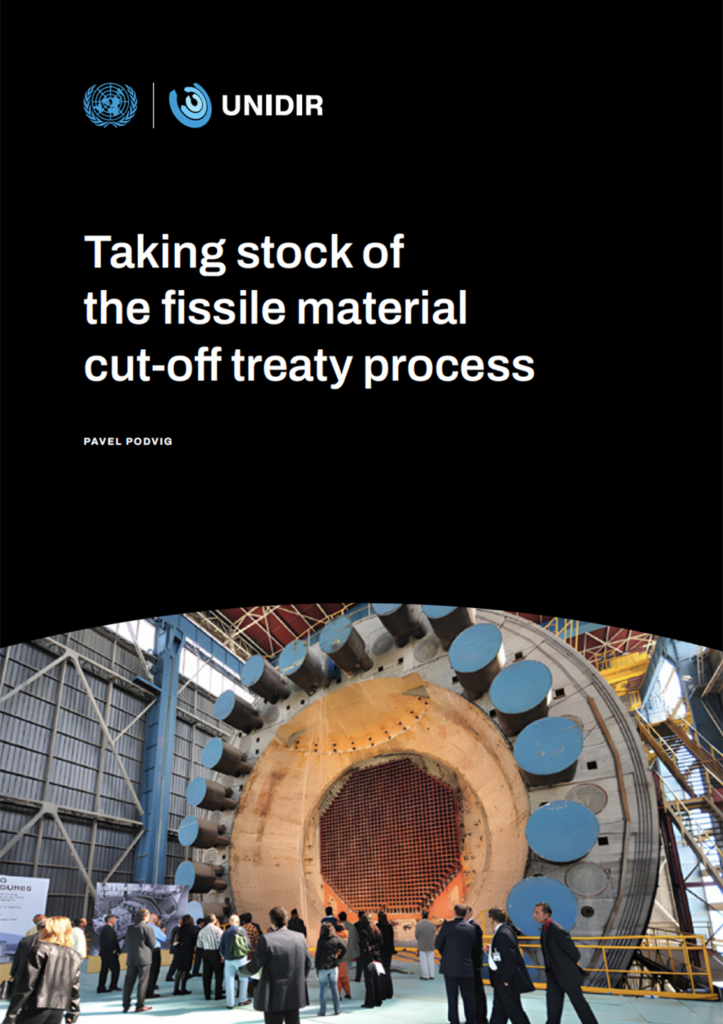The pursuit of a treaty to ban the production of fissile materials for weapons and other nuclear explosive devices – commonly referred to as a Fissile Material Cut-off Treaty (FMCT) – has been an important element of efforts to advance nuclear disarmament and strengthen the nuclear non-proliferation regime for more than three decades.
Several initiatives over the past decade have advanced the discussions on an FMCT. In addition, several states have indicated strong support for beginning negotiations on an FMCT, including through a recent initiative led by the Government of Japan.
In December 2023, the United Nations General Assembly adopted a resolution that urged the Conference on Disarmament to begin negotiating a treaty and urged states that possess or produce fissile materials for weapons to engage in transparency and confidence-building measures. However, the prospects for commencing negotiations in the Conference on Disarmament remain uncertain.
This paper outlines some of the issues that have complicated progress in the negotiation of an FMCT and lays out options for states to consider in seeking to revive discussions around this important concept. It covers some of the key questions regarding a future treaty, including whether or not the FMCT should be a disarmament treaty – that is, whether it should require the active elimination of fissile materials.
The paper then lays out options for dealing with the related challenge of how to deal with existing stocks before considering issues related to transfers of fissile materials as well as options for transparency and confidence-building measures.
This project is generously supported by the Government of Japan.
Citation: Pavel Podvig, “Taking Stock of the Fissile Material Cut-off Treaty Process”, UNIDIR, Geneva, 2024: https://doi.org/10.37559/WMD/24/FMCT/1
